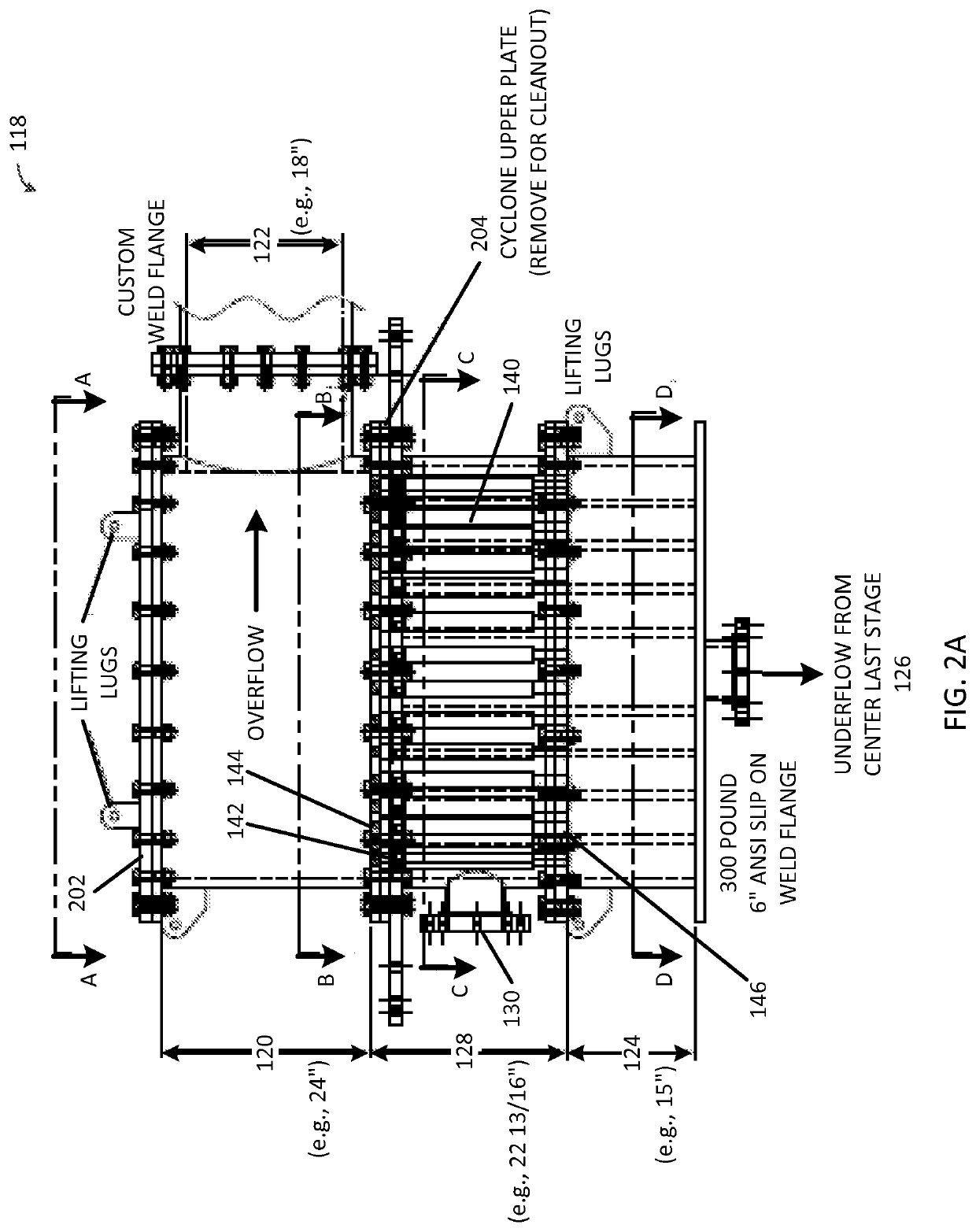System and method for water purification
a technology of purification system and water purification method, which is applied in the direction of separation process, evaporator regulation/control, treatment water nature, etc., can solve the problems of clogging and/or damage of filters in the ro system, untold number of human deaths every year, and the need for ongoing maintenance and replacement of filters
- Summary
- Abstract
- Description
- Claims
- Application Information
AI Technical Summary
Benefits of technology
Problems solved by technology
Method used
Image
Examples
Embodiment Construction
[0029]While the making and using of various embodiments of the present invention are discussed in detail below, it should be appreciated that the present invention provides many applicable inventive concepts that can be embodied in a wide variety of specific contexts. The specific embodiments discussed herein are merely illustrative of specific ways to make and use the invention and do not delimit the scope of the invention. The discussion herein relates primarily to purifying contaminated water (i.e., any water that is not suitable for human consumption), but it will be understood that the concepts of the present invention are applicable to any system and method for treating liquids.
[0030]The present invention provides a system and method of purifying (to drinking water standards) contaminated water, including sea water, oilfield frac water, acid mine run off water, sewage water, etc. utilizing a process to effect separation of suspended solids through centrifugal force and a chang...
PUM
| Property | Measurement | Unit |
|---|---|---|
| pressure | aaaaa | aaaaa |
| diameter | aaaaa | aaaaa |
| diameter | aaaaa | aaaaa |
Abstract
Description
Claims
Application Information
 Login to View More
Login to View More - R&D
- Intellectual Property
- Life Sciences
- Materials
- Tech Scout
- Unparalleled Data Quality
- Higher Quality Content
- 60% Fewer Hallucinations
Browse by: Latest US Patents, China's latest patents, Technical Efficacy Thesaurus, Application Domain, Technology Topic, Popular Technical Reports.
© 2025 PatSnap. All rights reserved.Legal|Privacy policy|Modern Slavery Act Transparency Statement|Sitemap|About US| Contact US: help@patsnap.com



